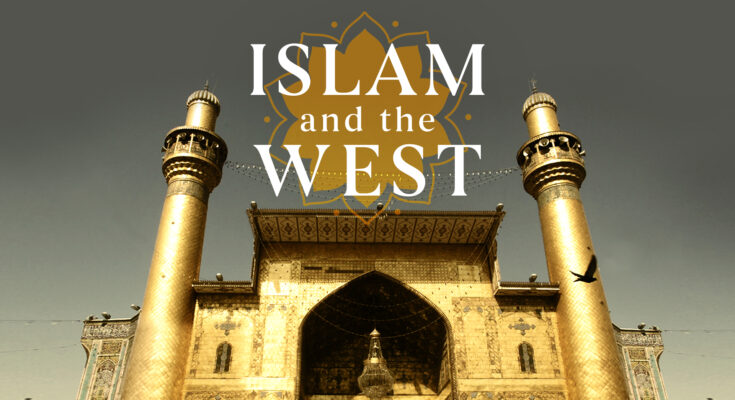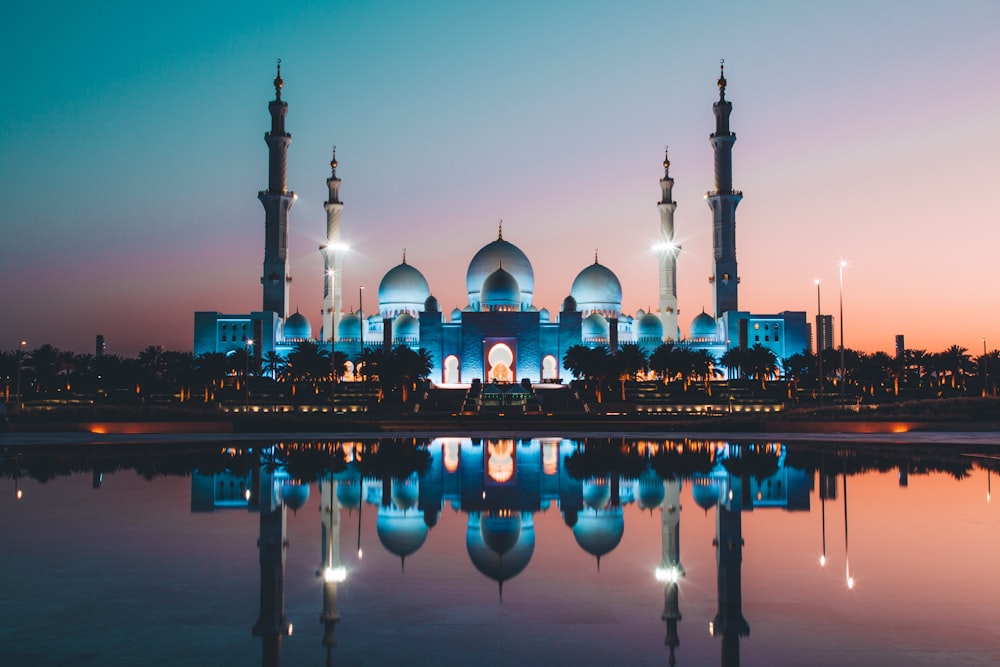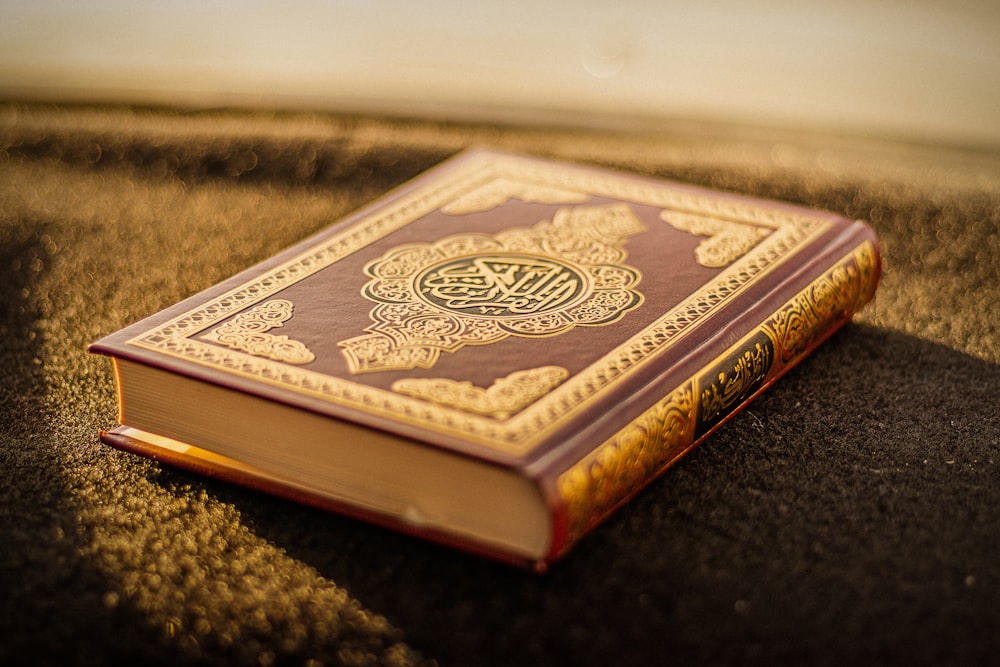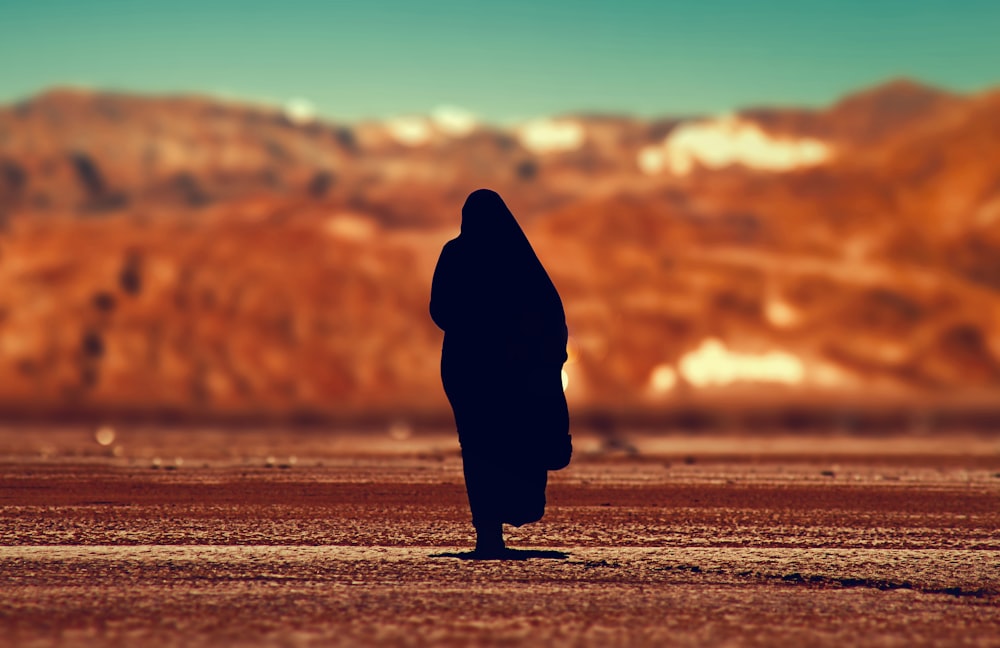Formation of Islamic image in the West
Even though Islam and the West have a long history together, their connection has been tainted by rivalries and disputes. The predominantly Christian societies of Western Europe and North America have been wary and afraid of Muslims. How does the formation of Islamic image occurs in the West?
On the other hand, Muslim followers of Islam find that many Western social norms and customs are incompatible with their culture.
The information age’s technological advancements and the clash of cultures are the main causes of the fast-changing field of conflict between these societies. Geographical borders are insufficient to distinguish different cultures nowadays.
Through satellite TV, Western values are pushed into the Islamic countries of North Africa, Asia, and the Middle East. Muslims living abroad are simultaneously establishing religious and cultural communities through conventional routes, Arabsat, and the Internet.
Tracing recent trends: formation of Islamic image
Image via Unsplash.com
The challenge of finding their true voice in popular Western culture must be weighed against the anxieties of cultural assimilation and identity loss that recent Islamic migrants to Western countries experience.
In comparison to other religious or ethnic minorities, such as Jews or African Americans, Muslims have not been as successful in providing “a window on the multidimensionality of what can be called cultural ecology”. They are interested in learning how to integrate into Western society while maintaining firmly held religious convictions and customs.
Given the stark differences in worldviews, navigating the cultural disputes between Islam and the West is no easy task; the two fields of knowledge are ill-suited. Islam presents a comprehensive worldview that covers all areas of social, political, and economic interaction within the community.
The West enshrines the individual and separates the domains of knowledge and action. They are extrinsically secular, despite Western societies’ connotations of “civic religion”; traditional Muslims openly embrace the sacred as the foundation of family and community life.
Rise of the clash
Conflicting worldviews can lead to conflict that damages people emotionally and psychologically. Many Muslims who have recently immigrated to Europe and North America share the irritation and dismay of American Islam. Nevertheless, despite these unsettling interactions, Islam and Western culture are managing to adjust. If not fully, to one another’s worldviews and morals.
The struggle is real: formation of Islamic image
Image via Unsplash.com
Muslims’ cultural compatibility with Western principles raises a larger issue. It is an issue of how they have historically adapted to the environments in each of their home countries. The Islamic world faces the difficulty of bringing disparate country cultures together because of its different ethnic, cultural, and geographic populations.
With a combined population of around 900 million, there are thirty nations. Mostly in Asia and Africa, where Muslims make up the majority of the population; several more have sizeable Muslim minorities. Approximately 1.5 billion Muslims worldwide make up one-fourth of the global population.
Over the previous 20 years, there has been a sharp increase in the Muslim population in North America and Europe. Though mainly centered in a dozen big cities, there is a rising Islamic presence in the United States. There were over 35 million Muslims in North America and Europe towards the end of the 20th century. And there were about 1,250 mosques and Islamic center in the US.
Strangers on a land
Some Muslims are starting to assert a certain level of cultural ownership in America, no longer content to be outsiders in a foreign place. They cite the example of Black African slaves who, even in the early 1900s, continued to practice Islam.
Melungeon migration to North America occurred earlier, before the 1600s. According to academics, Muslim communities may have existed on the coastlines of the “new world” before Virginia and Plymouth Plantation. The 1870s and 1880s saw the first waves of Arabic immigration from Syria and Lebanon.
Within the larger Muslim community (umma), Muslims may adhere to different religious traditions (such as Sunni and Shi’ite). But they also share many religious beliefs based on the Koran and fundamental obligations expressed in the five pillars of Islam. These are prayer, fasting, almsgiving, pilgrimage, and profession of faith.
Islam is fundamentally the religion of balance and tolerance, according to traditional Muslims and Pakistani anthropologist Akbar S. Ahmed, one of the most important interpreters of Islamic principles for Western audiences. This belief suggests a wide range of perspectives, global positions, and the fulfilment of human destiny in the universe.
Islamic universalism: formation of Islamic image
Image via Unsplash.com
Edward Said claimed more than 20 years ago that Arabs traded their oil in the free international market for a foreign and hostile Western culture. It was the strange twist of global consumerism that allowed Western values to dominate the Arab and Islamic cultures. “In terms of the production of [global] culture, knowledge, and scholarship, the Arab and Islamic world remains a second-order power,” Said contended.
Regarding the ability of Western principles to secularize Islamic culture, Muslims differ. Traditionalists support either the globalization of Islamic ideals or the breakup of Islamic countries from Western systems.
The term “Islamic new intellectuals” (lumpen intelligentsia) refers to this new class of Muslim neo-fundamentalists. They make a deliberate effort to refute Western science and ideology.
The reluctant West

Image via Amazon.com
Muslims who live in or close to the “cultural center” have not always been welcomed by the West. The unequal treatment of strangers (dhimmi) in mixed populations where Islam has historically predominated is cited by those who doubt Islam’s collective intentions. There have been times of intense animosity and outright conflict throughout the history of Muslim-Christian discourse. As well as times of uneasy toleration, peaceful coexistence, and even collaboration towards common goals. However, a rising body of evidence indicates that the expanding information society may be contributing to Islamic-Western tensions.
The West has seems to be self-centric. It undoubtedly posits many problems to ‘others’. It is interesting to note that everything which is not West, for it becomes the ‘Other’. So, the debate of ‘Self vs Other’ has always been predominant. This binary opposition is problematic. It can be argued that due to this binary opposition arises many superstitions, prejudices and beliefs among the West about the ‘other’. Hence, the result of the formation of Islamic image is distortion.
USEFUL LINKS:
For a scientific approach, check this out
Know the origins and evolution of Religion




